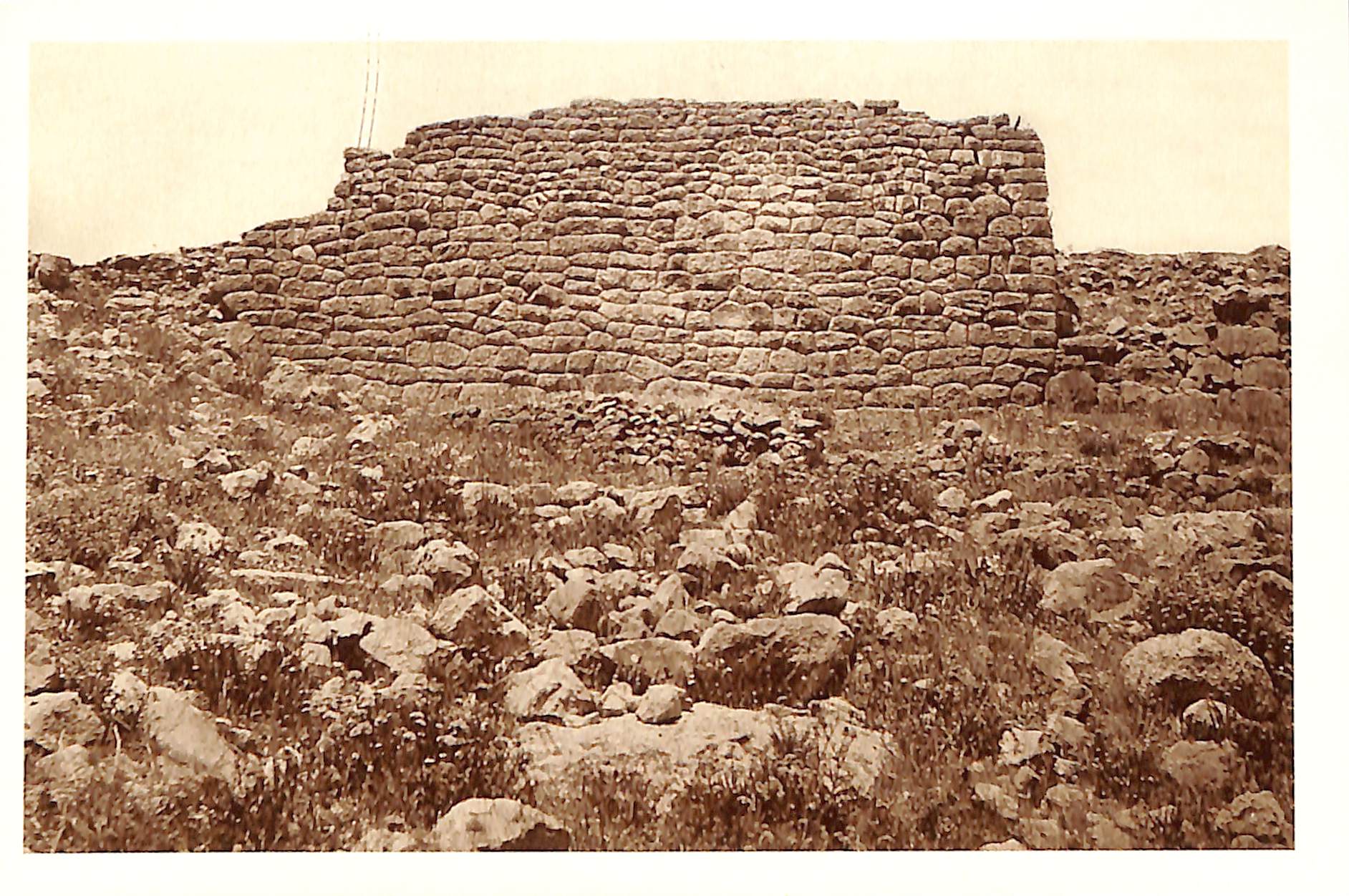
4/28/2025 4:36:57 PM
The Acropolis of Mycenae"
The Acropolis of Mycenae showcases the impressive urban and architectural development of the Mycenaean civilization. The citadel’s fortification system, stretching along the steep hillsides, stands as a masterpiece of ancient urban planning. Archaeological finds and architectural remains discovered near the walls revealed three distinct phases of construction, dating from the mid-14th century BC to the late 13th century BC. The second construction phase, around the mid-13th century BC, reflects the strength and peak of Mycenaean civilization. The creation of the "Lion Gate" is one of the most impressive architectural achievements of the era, demonstrating the craftsmanship of Mycenaean artisans. The final construction phase of the walls, dated to the late 13th century BC, marks the culmination of architectural advancement. The addition of an underground cistern at the northeastern corner of the acropolis is a sign of forward-thinking engineering, as it ensured access to water during a siege. Furthermore, the creation of two gates in the northeastern extension, intended to protect the spring and allow external observation, is a testament to the strategic thinking of the Mycenaean rulers. Today, the Acropolis of Mycenae is one of the most visited archaeological sites in Greece and a UNESCO World Heritage monument, with its Cyclopean walls continuing to testify to the dazzling civilization of ancient Mycenae. Pictured: The "Cyclopean Walls" of the Acropolis of Mycenae in 1890. ©Municipal Photography Museum of Kalamaria ‘Christos Kalemkeris’.

